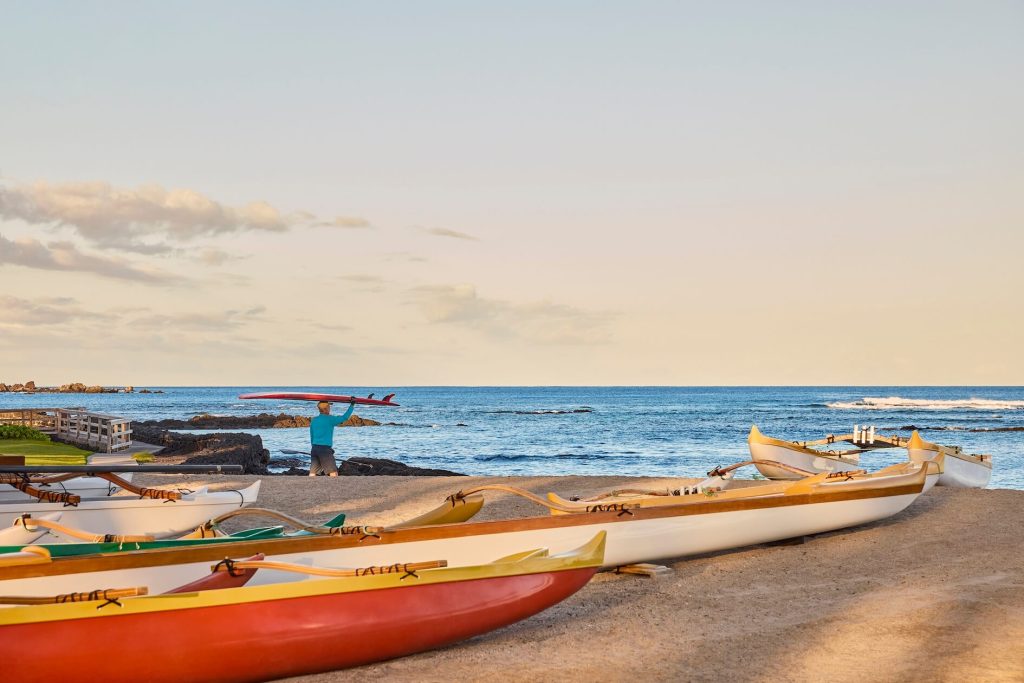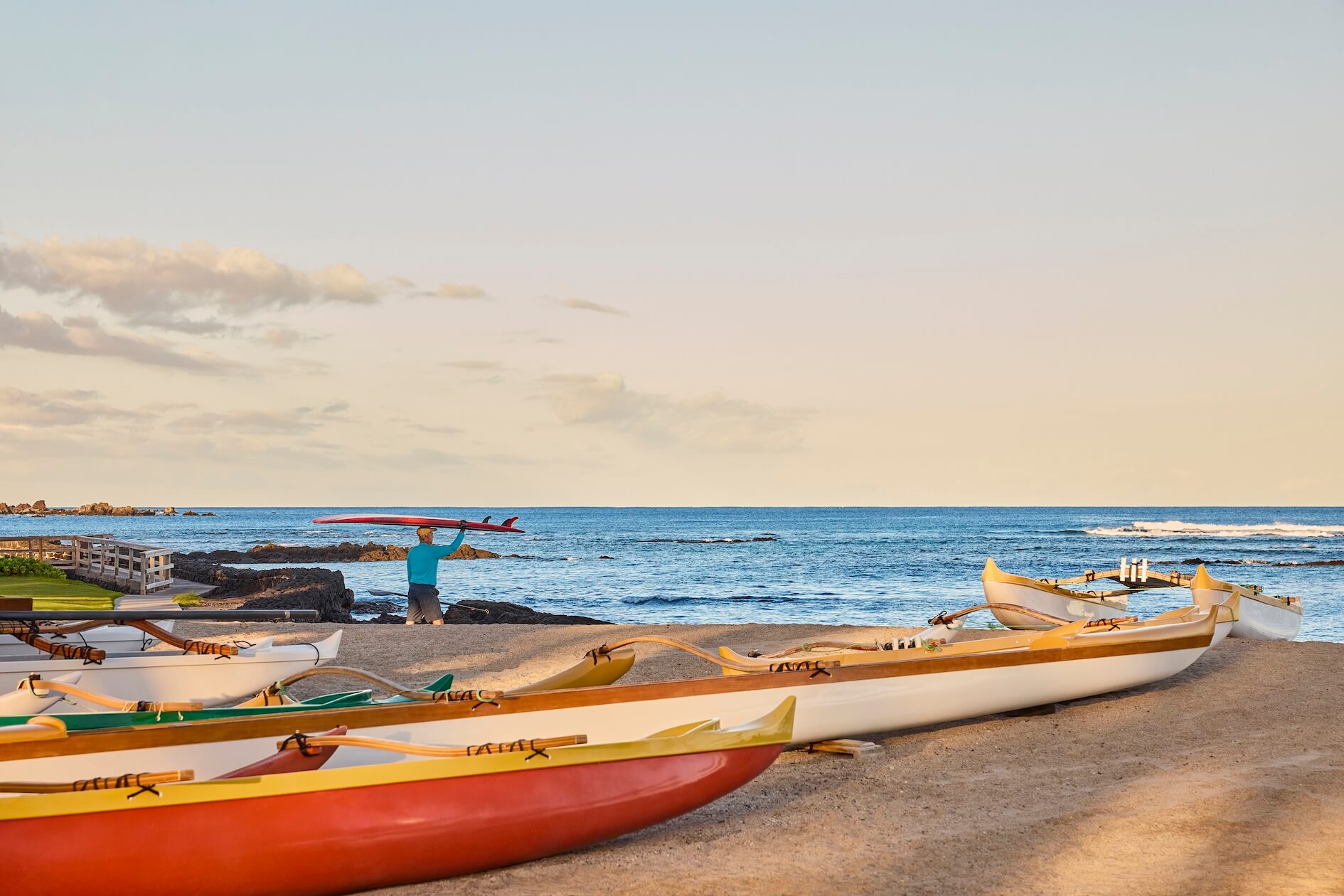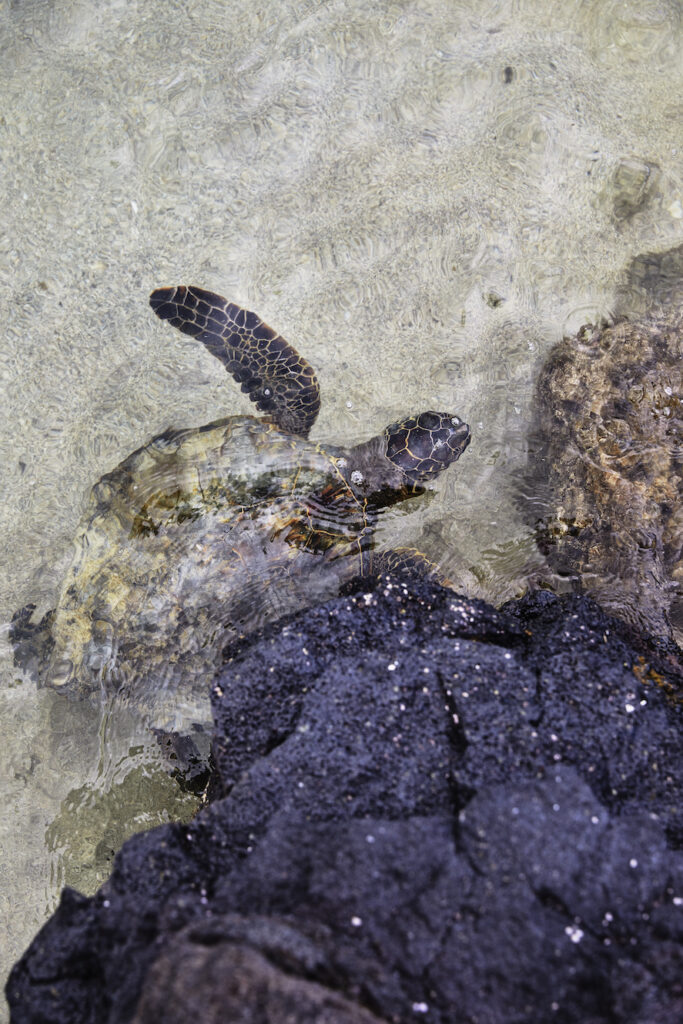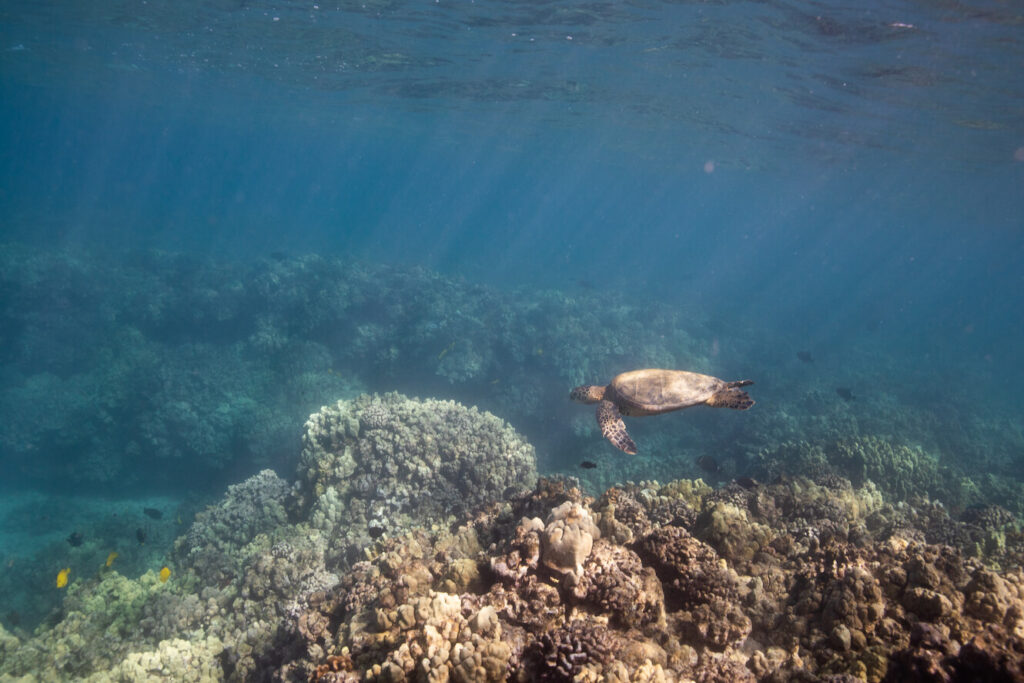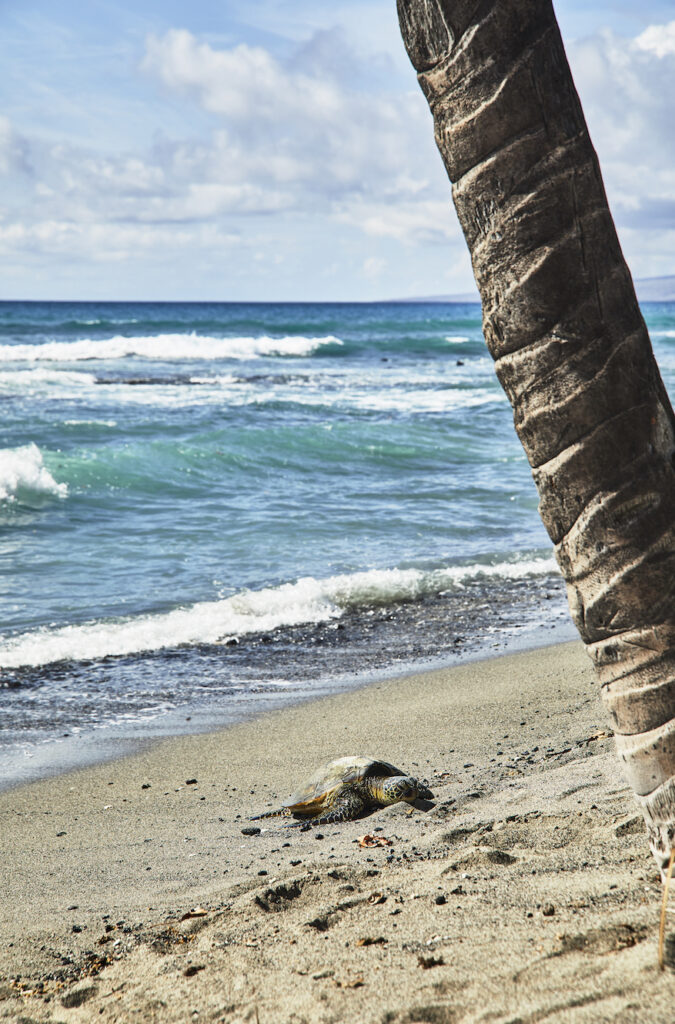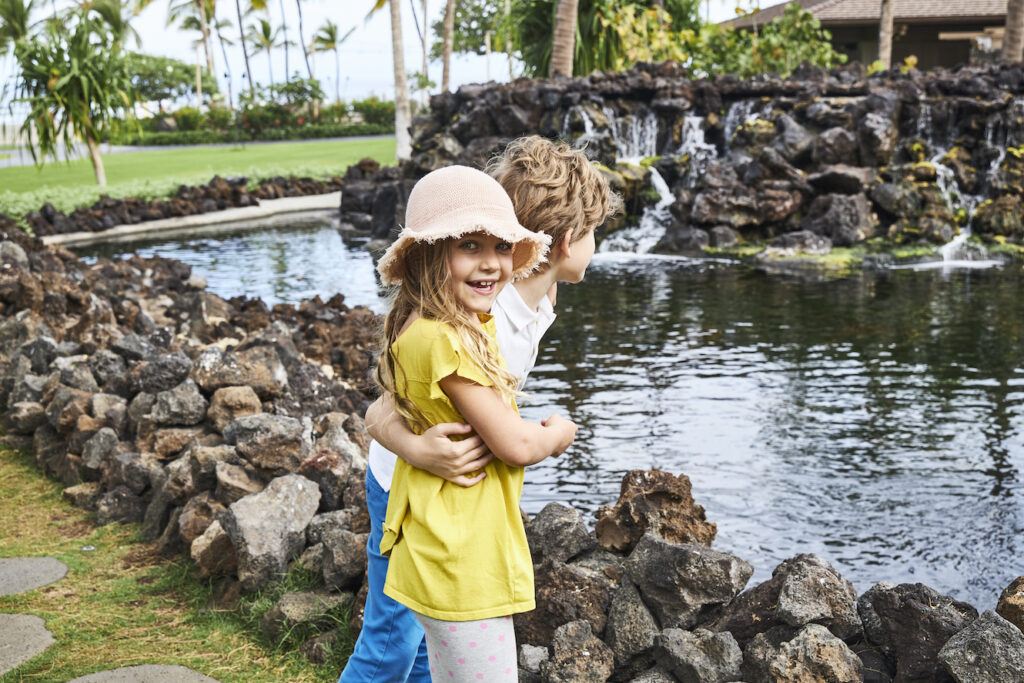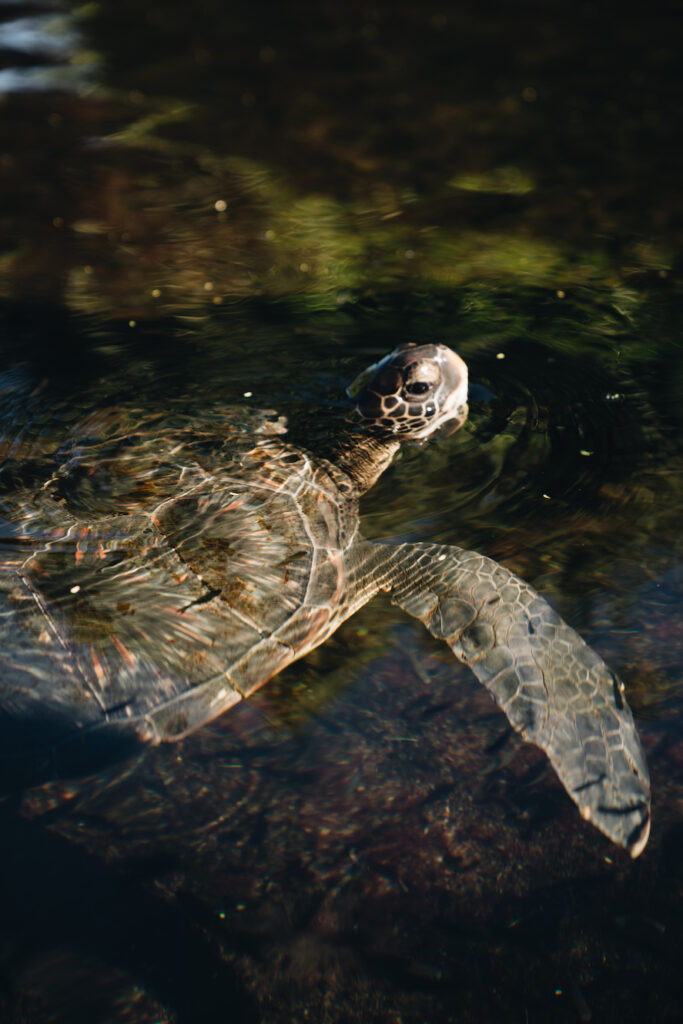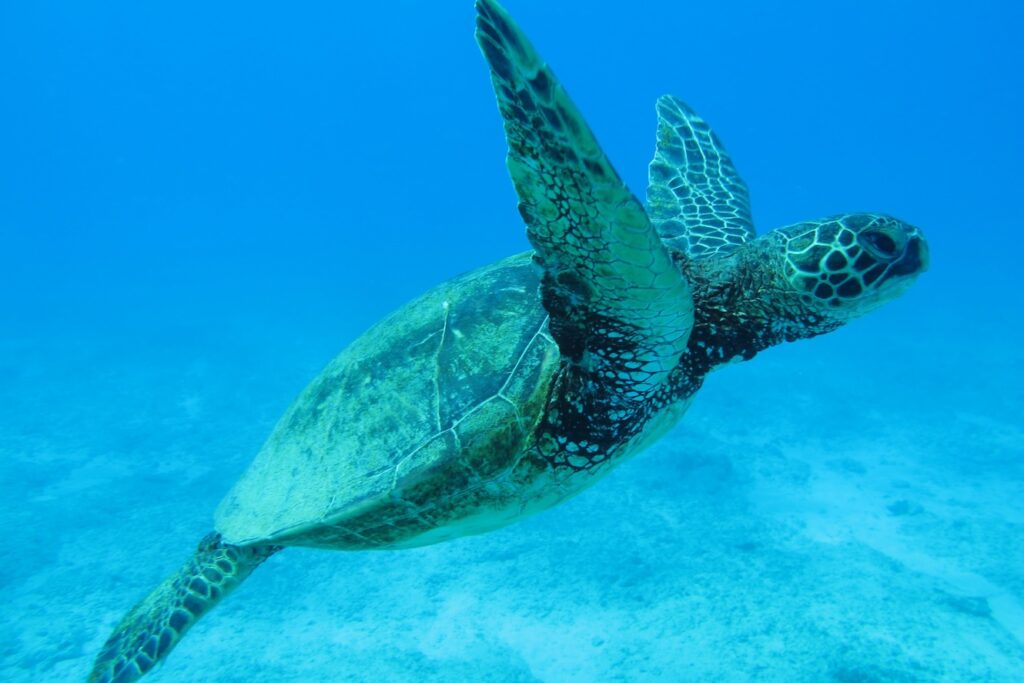There’s an ʻŌlelo Noʻeau, a wise saying, that says: He Wa’a He Moku, He Moku He Wa’a, meaning “The canoe is an island, and the island is a canoe.”
Using only the stars as their guide, navigators sailed the Pacific for thousands of miles aboard voyaging canoes that carried limited resources. These resources – food, fresh water, livestock and more – were key to the survival of those in the canoe. Hawai’i Island and He Wa’a He Moku are two sides of the same coin: Be judicious in the ways you use your resources, and you will be met with success.
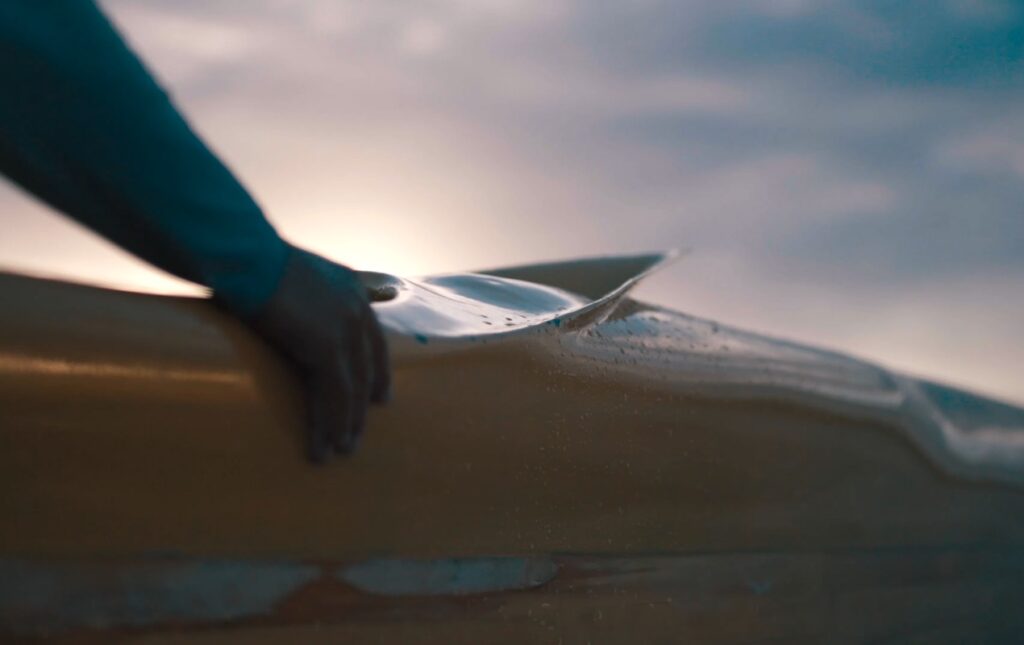
Ahupua’a
2,390 miles from California and nearly 4,000 miles from Japan, Hawai’i is so isolated that it has its own time zone. When early Polynesians migrated to Hawai’i circa 400 A.D., they worked in synergy with their natural surroundings to survive and thrive. Dividing the island into pie-shaped slices known as ahupua’a, they leveraged the resources found within a district that extended from mountain to sea.

Souza is a member of Mauna Lani’s Living Culture department, a four-person team that champions Hawaiian culture by preserving its stories. When the department was created, Living Culture revolved around cultural programming as well as natural resources. Pi’i La’eha, Natural Resources Manager, and “Uncle” Danny Akaka, Kahu Hānai, referred to the natural resources portion of the department as “‘Aloha ʻĀina,” a nod to the intersectionality of Hawaiian culture and the natural world.
“People usually think aloha means hello or goodbye, but it more accurately translates to ‘respect and love, given and received.’ The idea of reciprocity is important because aloha is not true aloha if it is one-sided,” said Souza.
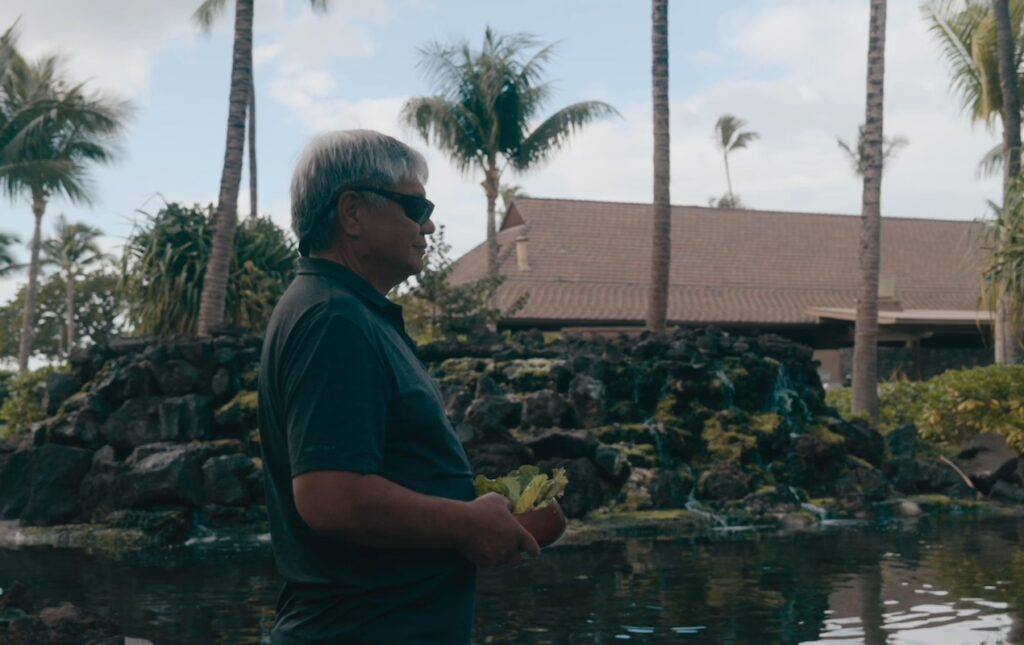
Mālama Honu, Mālama Honua
Aloha ʻāina shines through Living Culture programs like Mālama Honu, Mālama Honua, a Green sea turtle conservation program rooted in education, conservation and community. The honu (Green sea turtle) is so culturally and ecologically significant that ancient Hawaiians may have believed their shells symbolically carried a map of the Polynesian Oceania world, encompassing the Hawaiian islands, Rapa Nui and Aotearoa.
La’eha believes that sea turtles are key measures of the health of our oceans. “They called the turtle honu,’ and the world ‘honua,” La’eha said. “With focuses on sustainability and resiliency, we look to the turtles as they’ve inhabited the planet for more than 100 million years. When we see turtles in the ocean, we know there is a healthy reef, and a healthy reef is an indicator of a healthy ocean.”
This island – this canoe, if you will – is an interconnected system with resources that have nourished centuries. This Earth Day, we thank this island and moreover, Mother Earth, for sharing her priceless gifts.
